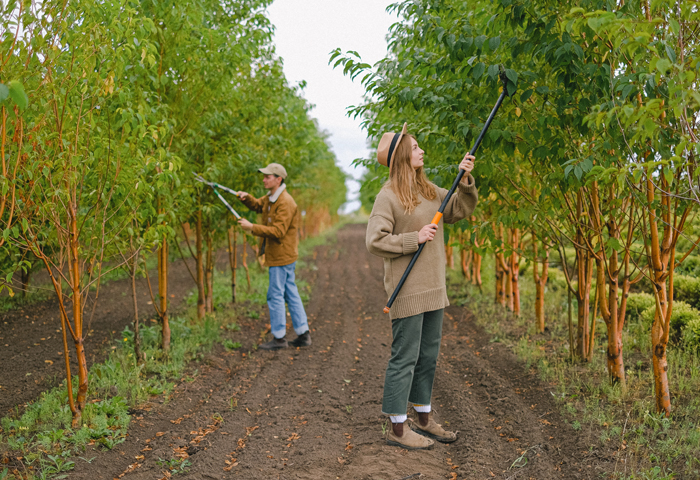Plants, especially trees, play a crucial role in our planet’s health and well-being. For starters, trees help purify the air by using up carbon dioxide and releasing oxygen during photosynthesis, which also plays an important role in combating air pollution. It is thus crucial for us to take care of our trees for a more sustainable future. Outlined below are a few tips and ideas on how to take better care of the trees around you.
1. Keep The Watered in the absence of Rain, Especially When Young
Depending on the type, most trees take several years before they can be fully independent, with roots reaching deep under the water table. This thus means they are most vulnerable to drought at their youngest stage, a reason it would be best to keep them watered. First, you need to water your plants during their early stages, especially after transplanting. Once established, you’ll need to continue watering the trees during the drought season or when there’s very little to no rain. Five jerricans of water are all most plants needs in a week (in extremely dry conditions). Drip-irrigate these plants using these jerricans, especially after the sun goes down, for the best results.
2. Mulch
Mulching entails introducing soil cover to help prevent/limit water evaporation. This involves using leaf mould, wood chips, bark, or rotten manure for this specific purpose. It would be advisable to use bio-degradable mulch for the best results. This is because it helps retain soil moisture, suppress weeds, and release nutrients into the soil slowly. To do this, leave a donut-like hole around the tree trunk about 4 feet deep, then place a layer of the mulching material. Make sure the mulching materials aren’t too close to the tree trunk. To reduce the risk to an appropriate level, you can do tree risk assessments.
3. Weeding
Weeds compete with your plants and trees for nutrients, moisture, and available light. Eliminating competition for such essentials will allow your trees to grow healthier and stronger. Weeding is mostly recommended during Spring, especially before they can establish. Hand pulling, hoeing, and hand weeding are some of the best ways to eliminate these unwanted plants around your plants and trees. This will give them a better chance of surviving. Consider doing this before mulching for even better results.
4. Protect Young Plants
As mentioned before, young plants are the most vulnerable. It would help if you thus made an effort to protect them from:
- Lawn equipment: A lawn mower can easily chop off your young tree plants, especially after transplanting. You thus need to shield them from the sharp edges of the trimmer and the mower itself.
- Chemicals: Some pesticides and herbicides can be as damaging to young trees, a reason you ought to be careful with those. It would thus be best to use organic means of weeding to reduce the chances of exposure.
- Wind: Strong winds can be as devastating to both young and older trees. You’d thus need to look for a way to protect them from the same.
5. Pruning
Pruning is an essential part of promoting tree health and improving safety too. It entails removing dead branches, overgrowth, and other parts that might be creeping. Pruning can be done in 3 ways, namely:
- Crown thin: This process is meant to allow more light to penetrate the tree for reduced weight, wind resistance, etc. It involves removing thin and smaller branches.
- Crown raising: The process involves removing lower branches to allow more light and better access to the tree
- Crown reduction: This pruning method is designed to reduce the spread of the topmost part of the tree and reduce its height.
Pruning is a delicate exercise that only a professional tree surgeon should do. Although simple pruning might not hurt the tree in general, it would be advisable to seek an expert’s help/advice before taking it on.
